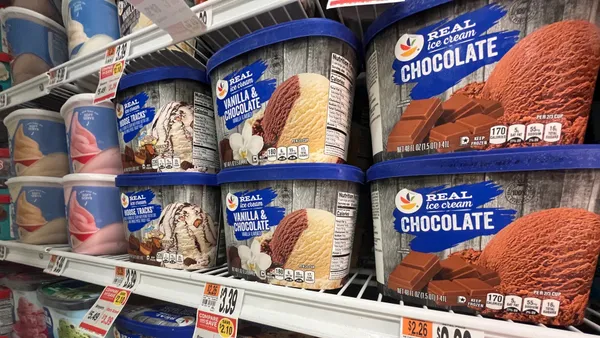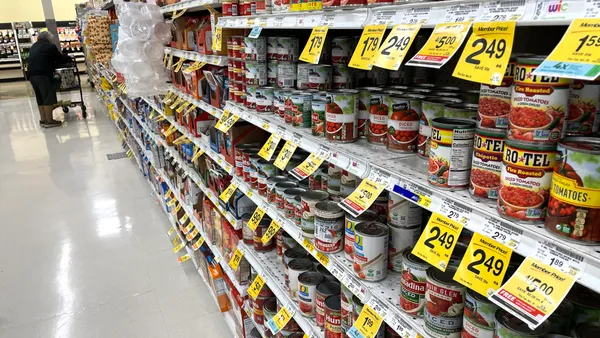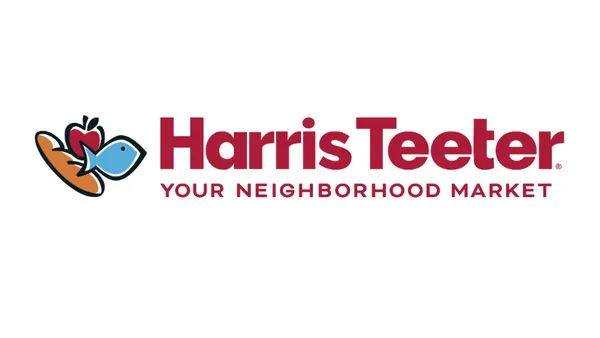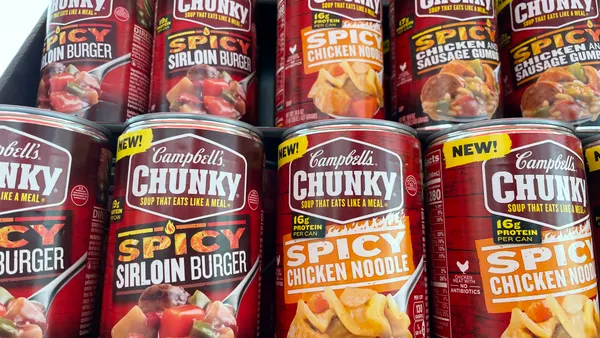Dive Brief:
- Research from Euromonitor International reported by Food Navigator found consumers are making fewer unplanned, impulse snack purchases in the last five years because of the shift to e-commerce.
- E-commerce has promoted less frequent shopping trips. When consumers do physically walk into a brick and mortar store, the growing prepared foods section is squarely placed to capture their attention from snack zones like the center aisle and checkout displays.
- The research from Euromonitor shows millennials and Generation Z are the most likely to shop online, making the future of impulse snacking uncertain.
Dive Insight:
After generations of mastering the art of brick and mortar marketing, consumers are now able to avoid checkout lines altogether and rethink their relationship with traditional snack foods like chips and candy bars — leaving companies to scramble for a plan B. Finding this new strategy is becoming more urgent as consumers migrate toward online shopping. Online grocery sales are forecast to reach $100 billion by as early as 2022, and 70% of shoppers will at least occasionally shop for groceries online by that time, according to the Food Marketing Institute and Nielsen.
But that's not to say consumers don’t like snacks. According to market research firm IRI, sales in snacking rose to $89 billion in 2016, posting an annual growth rate of 3%. Nielsen found the growth has not been confined to just one area, with all individual snacking categories posting sales increases — led by bars, jerky, cookies and crackers — from 2013 to 2016. In fact, for younger generations, snacking has begun to replace the three-square-meals-a-day model. According to a report from Packaged Facts, members of Gen Z are more likely than millennials to snack between meals and prepare simple meals when they slow down enough to do so.
What has also changed is how consumers define snacking. Millennials and Gen Z are no longer as interested in an indulgent treat when they snack. Now, snacks are more meant as sustenance and a way to nourish the body, as evidenced by the rising demand for organic, plant-based and natural foods without additives. While many CPG companies have recognized this shift through M&A — like Hershey acquiring Amplify Snack Brands for $1.6 billion in 2017 and General Mills buying EPIC in 2016 — there is now a new challenge: prepared foods. Prepared foods serve as a direct competitor to snacks because they not only keep shoppers in the outer aisles, but they present an opportunity to quickly pick up a restaurant-quality full meal with no assembly required.
With consumers moving to prepared foods aisles and online shopping, companies are beginning to invest more heavily in their digital presence. General Mills CEO Jeff Harmening said last year that he expects e-commerce to drive about 5% of sales in 2020, up from 2% in 2018. Likewise, Hain Celestial shared it experienced 273% growth in 2017 on Kroger's click-and-collect model, as well as 89% growth through Walmart's click-and-collect channel.
To convince consumers to click on their brands, some companies have begun to target their marketing more directly, offering their snacks as a way to meet shipping minimums on baskets, or auto-shipping refills that encourage consumers to re-buy orders containing impulse purchases from a time immemorial. Coca-Cola similarly invested heavily in e-commerce and its success resulted in analysts upgrading the company's stock earlier this month.
Although CPG giants don't have it all figured out just yet, their continued efforts to understand the online space indicate the importance of the emerging younger demographics who will soon control the nation's buying power and continue the shift to online shopping.











